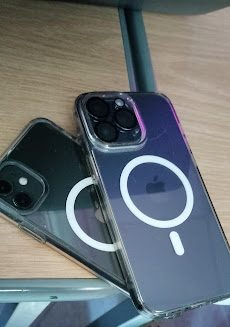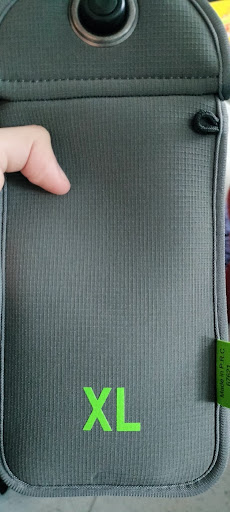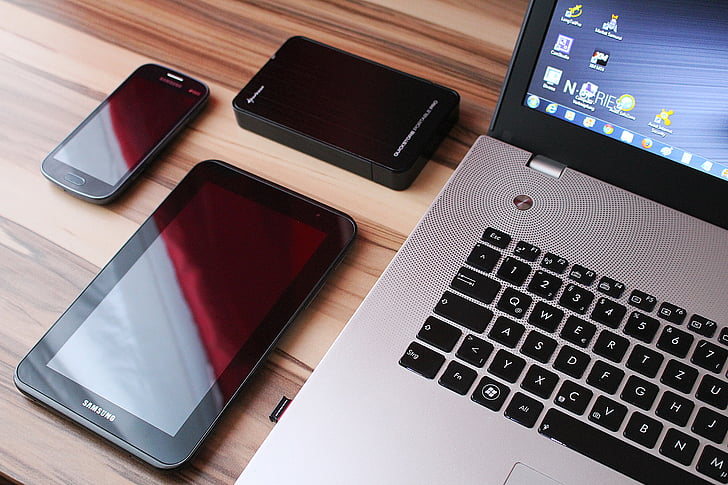 When it comes to cell phones and schools, they mix – like oil and water- meaning that they do not. Most would argue that cell phones should be put away even during nutrition or lunch as it may be a distraction regardless of location. Others would argue that cell phones can assist academics and improve student morality. However, the fact remains that most schools do not tolerate cell phone usage in class, as cell phones can heavily impact a student’s thought process in class, which results in lower grades. However, is that truly the case? It is important to hear both sides of the story, from students and teachers alike about how cell phones can prove to be useful in class and how they can be detrimental to students’ overall academics.
When it comes to cell phones and schools, they mix – like oil and water- meaning that they do not. Most would argue that cell phones should be put away even during nutrition or lunch as it may be a distraction regardless of location. Others would argue that cell phones can assist academics and improve student morality. However, the fact remains that most schools do not tolerate cell phone usage in class, as cell phones can heavily impact a student’s thought process in class, which results in lower grades. However, is that truly the case? It is important to hear both sides of the story, from students and teachers alike about how cell phones can prove to be useful in class and how they can be detrimental to students’ overall academics.
The issue of cell phones in schools has both pros and cons to the argument, and the most common claim for anti-cell phone usage is the idea cell phones are a distraction when it comes to in-class learning. Notifications from cell phones or boredom cause students to begin to scroll through their cell phones, which tends to lower the amount of time paid attention to the actual subject, equaling late or missing assignments. According to a 2010 study from Pew Research Center around 64% of students have admitted to texting in class. Thus those who are against phones have a highly regarded argument about phones causing a stir in class. However, in certain cases, the effect of the phones in class can lead to the opposite end. Those in support of phones in class say that phones can be provided as an additional tool for learning, henceforth an opportunity for schools rather than a burden. According to ScienceAndLiteracy report on cell phones, they can provide students freedom and access to technology as a shortage of school laptops and tablets persists despite one-to-one claims at many schools. Those using cell phones in class can be used as a powerful research tool for when students are curious and want to know more, to assist with interactive learning environments, to make work in class more comfortable, and finally, as a note-taking and collaboration tool to provide access for all levels of learners. 
Regarding students’ and staff’s opinions at ELARA Academy at Esteban Torres High School over cell phones, Jose Laguarda who is in 12th grade believes that students should be able to use their phones at least outside of class like during lunch and nutrition as these are times of socialization and what better connection do phones have to be able to connect with others via phones. Meanwhile, those in the office disagree, Mr. Hall who is P.S.A. Attendance says that for students to efficiently do their work they must first be stripped of their distractions to maximize student performance as well as attendance. ELARA therefore has concluded with the Yonder pouch as a solution to this dilemma though it has certain loopholes. First off it is very easy to sneak a fake phone into the Yonder pouch and second it just simply doesn’t stop students from pulling phones out during class as most teachers don’t regulate it. It is a temporary bandage
Overall the decisions made regarding cell phone usage in schools are completely up to what the school districts allow and don’t allow. According to the LAUSD website, phones must be in your backpack for the remainder of the school day to prevent cyberbullying which has become more common with the growth of technology. Such orders are appointed by the superintendent Alberto Carvalho. However, those opinions should not be ignored as they can impact how student feel and can influence their academics. It is just important to note that phones have mostly been seen in the negative as their common relationship with bad grades paints a bad image. It is not always the case as phones can also be seen as an opportunity for those who are limited in resources and we should take into account the potential that cell phones have in schools and what good uses they can provide. I want and need student opinions and perspectives—more specifics like apps and specific ways to use our phones.


